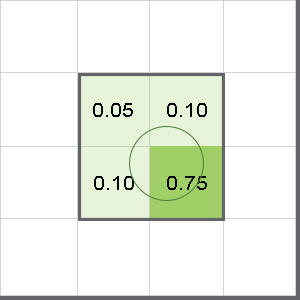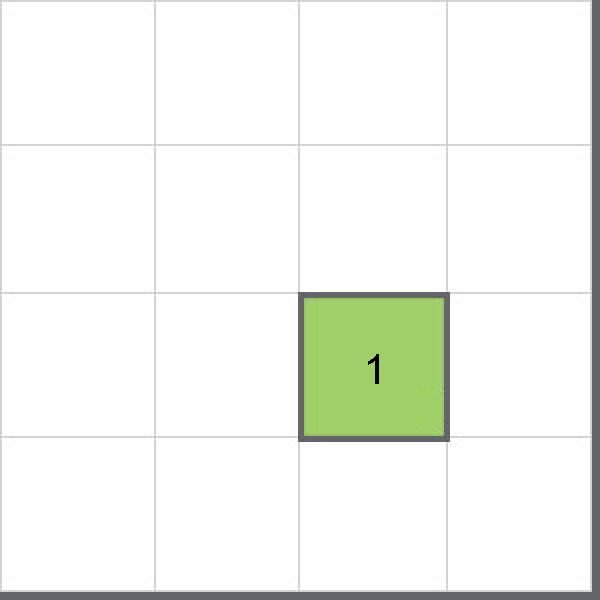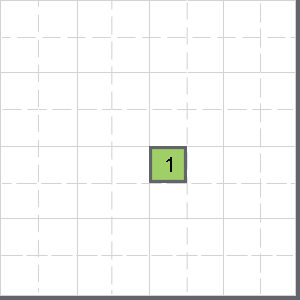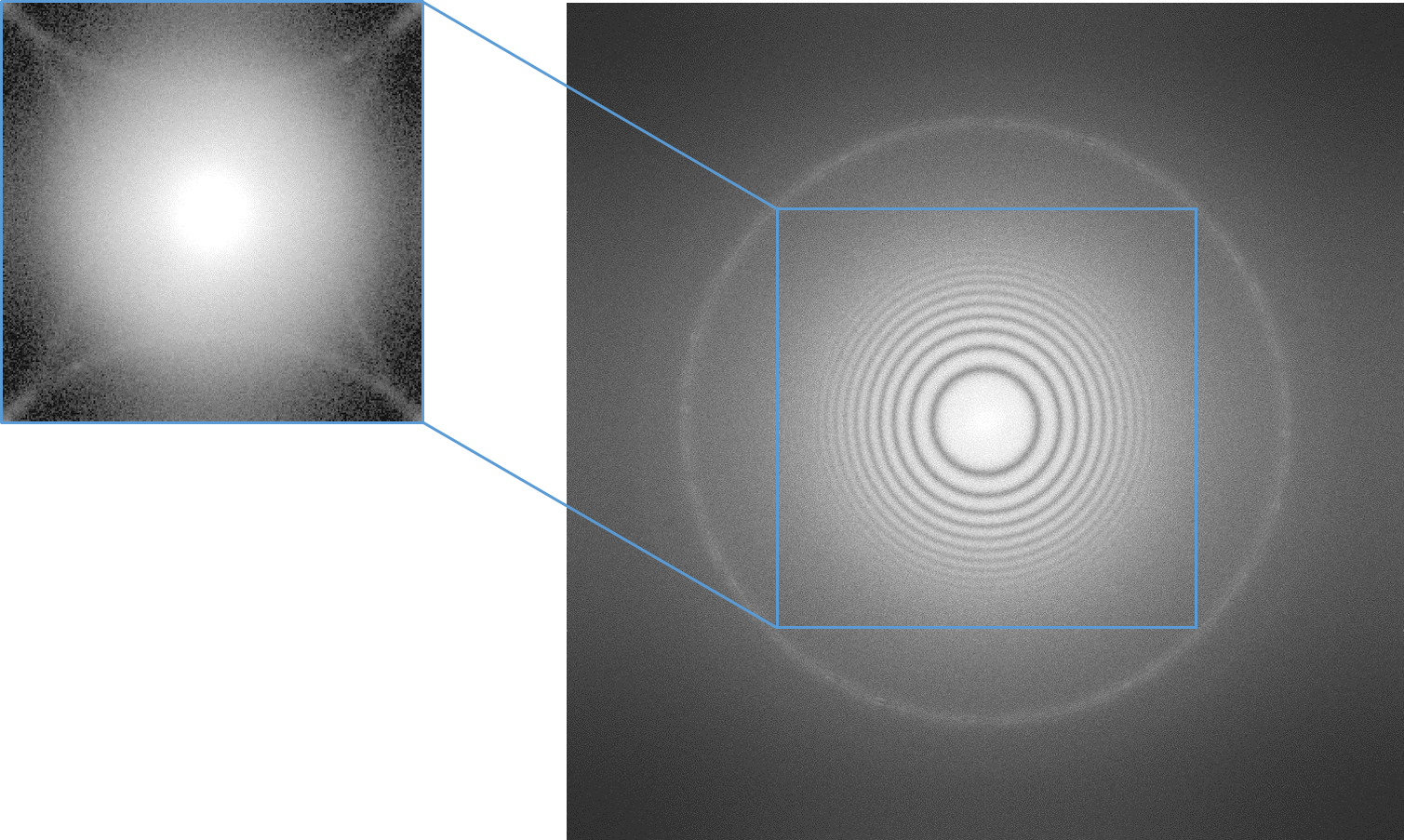Improving DQE with counting and super-resolution
Traditional integration
Similar to indirect detection cameras, direct detectors can integrate the total charge produced when an electron strikes a pixel. These detectors are most commonly used for high dose applications. While direct detectors offer an increase in DQE, in integration mode they do not remove read noise or the variation in the signal that is dependent on the electron interaction with the detector.



Counting
In counting mode, individual electron events are identified at the time that they reach the detector. To do this efficiently the camera must run fast enough so that individual electron events can be identified separately.
A benefit of counting is that it rejects signal read noise and variability associated with electron scattering, while it dramatically lifts the detector's DQE across all spatial frequencies.
Gatan's electron counting mode replaces the analog signal from each primary electron with a discrete count.




Counting electrons
Super-resolution
The theoretical information limit defined by the physical pixel size is surpassed when you use a Gatan direct detection camera in super-resolution mode. Gatan's direct detection sensor pixel size is slightly smaller than the area that the electron interacts with; as a result, each incoming electron deposits signal in a small cluster of pixels. High-speed electronics are able to recognize each electron event (at 1500 fps) and find the center of the event with sub-pixel precision.
The net effect is a 4x improvement in the effective number of pixels (beyond the physical Nyquist limit), as well as a further improvement of the DQE.




The difference between counting and super-resolution is mainly due to the noise present in the counted images that are caused by aliasing. The largest advantage of super-resolution is that it minimizes this effect.
